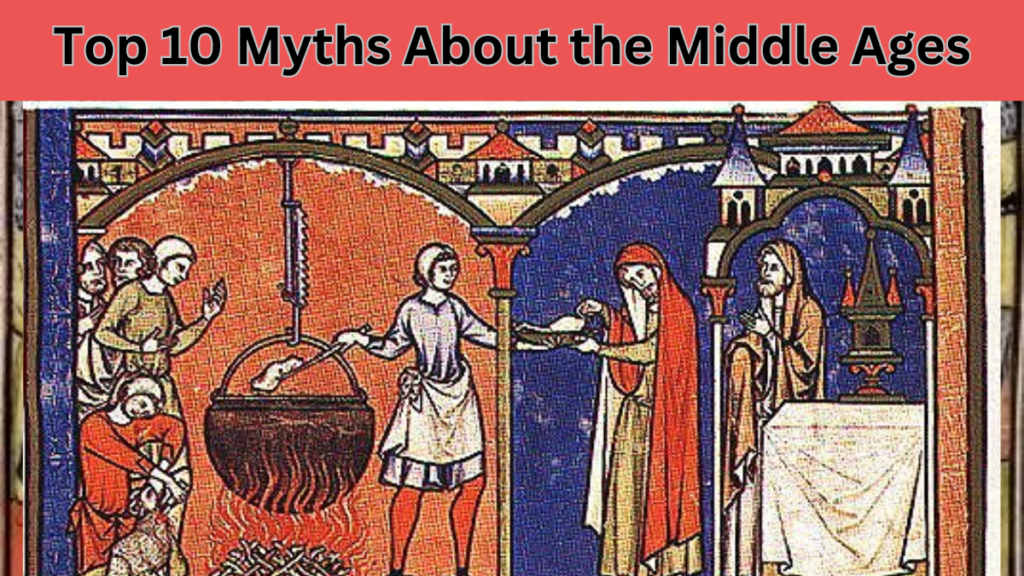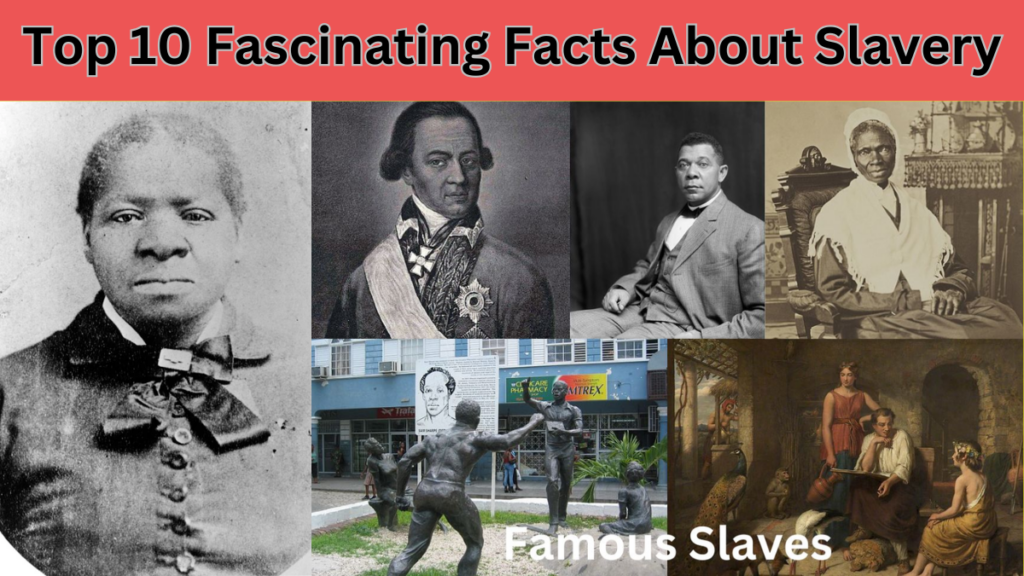TOP 10 FASCINATING FACTS ABOUT SLAVERY
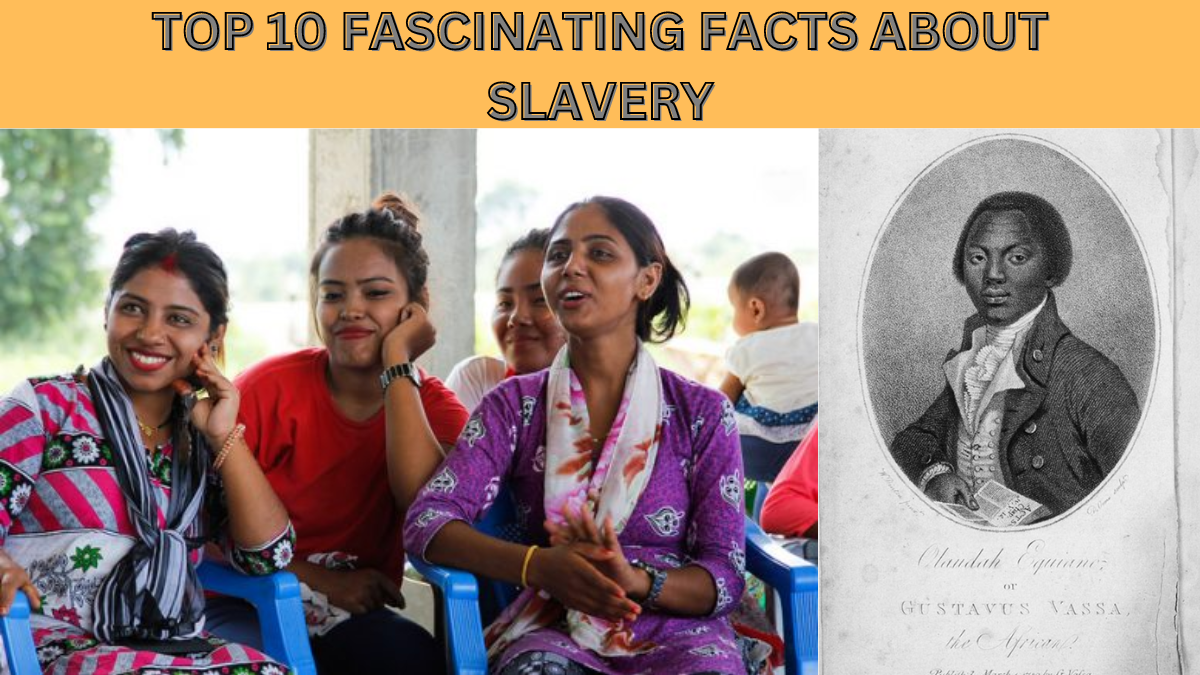
Discover the top 10 fascinating facts about slavery, from its ancient roots and papal permissions to the alarming reality of modern slavery. Explore the historical significance, cultural impacts, and the evolution of this complex issue.
SLAVERY TODAY
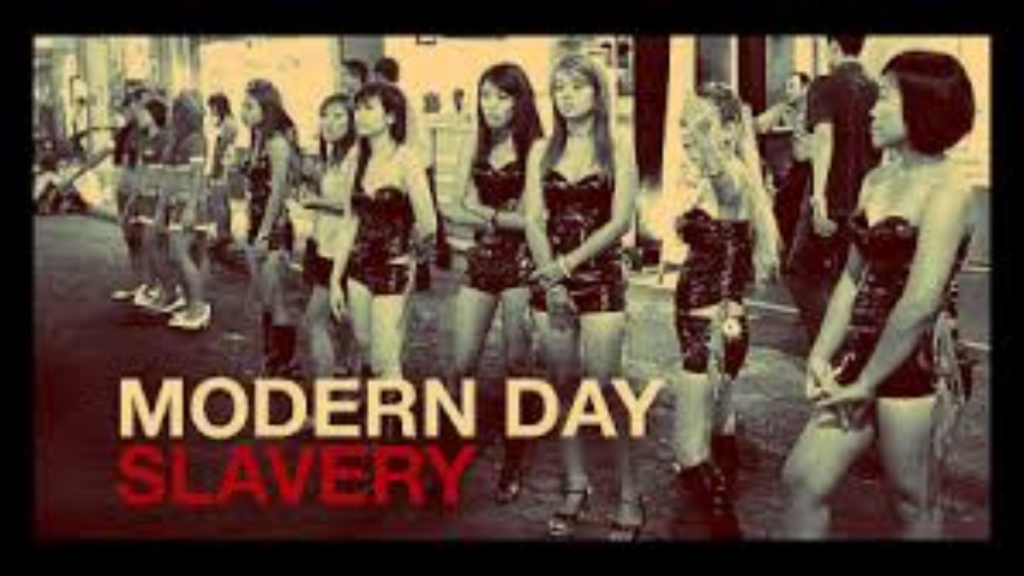
According to studies done by anti-slavery groups, there are currently more slaves today than at any time in history! Three-quarters are female and over half are children. It is believed that there are around twenty-seven million people in slavery right now. Furthermore, this number does not include people who are not technically slaves but are in a form of servitude tantamount to slavery. This is sometimes called “unfree labor.” The average slave today costs around ninety dollars, whereas in the past they cost upwards of forty thousand dollars (in today’s money). A study done at University of California at Berkeley estimates that there are around ten thousand slaves in the United States at the moment.
PAPAL PERMISSION AND PROHIBITION

While the Catholic Church has repeatedly condemned the idea of slavery, there was a short period in the fifteenth and sixteenth centuries when it was allowed by special papal permission. The Pope who gave permission was Pope Nicholas V in 1452 when he issued a special bull allowing King Afonso V of Portugal to enslave pagans caught during wars. In 1537, Pope Paul III returned to the traditional anti-slavery view of the church.
ANCIENT PRACTICE

Slavery is an ancient practice; it is referred to in man’s earliest records, such as the Code of Hammurabi (1760 BC). It is mentioned in the Bible, and some ancient philosophers believed that some men were born in a natural state of slavery, thereby justifying it. Slavery in those days was often the punishment for debt; once the debt was repaid, the slave might be released.
CHARLES LYNCH
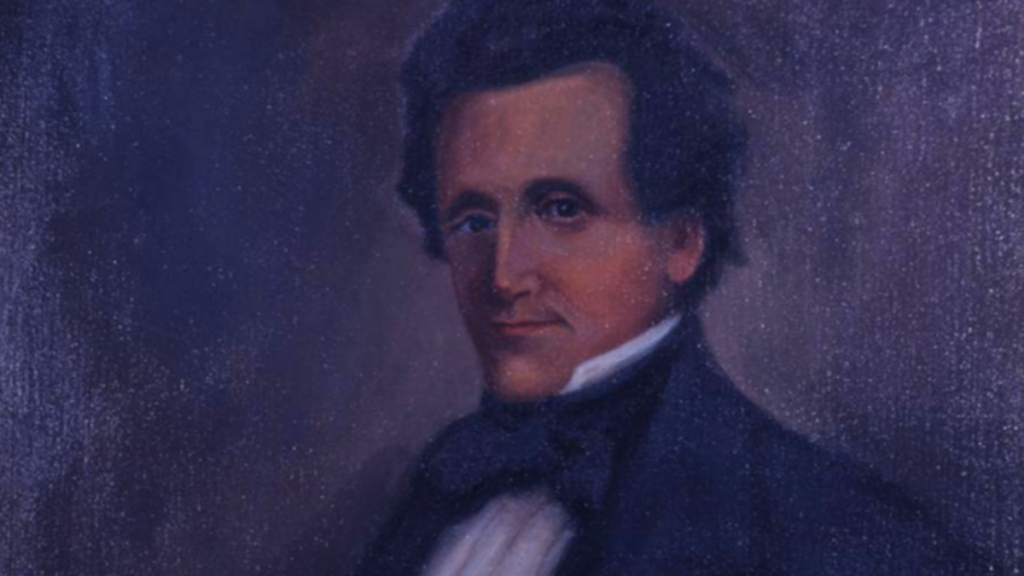
Charles Lynch was a farmer and American revolutionary from Virginia. During the American Revolution, he headed an irregular court that tried and punished loyalist supporters of the British. The term “lynching” or “lynch mob” originates from him. Initially, lynching of slaves started as flogging but progressed to summary execution.
A MARK OF HONOR

In Africa, prior to the arrival of European slave traders, slavery was a normal part of life. The better a slave owner treated their slaves, the more honorable they were considered. Manhandling a slave was unethical, risking one’s reputation if they did not provide proper care.
LAND OF THE FREE
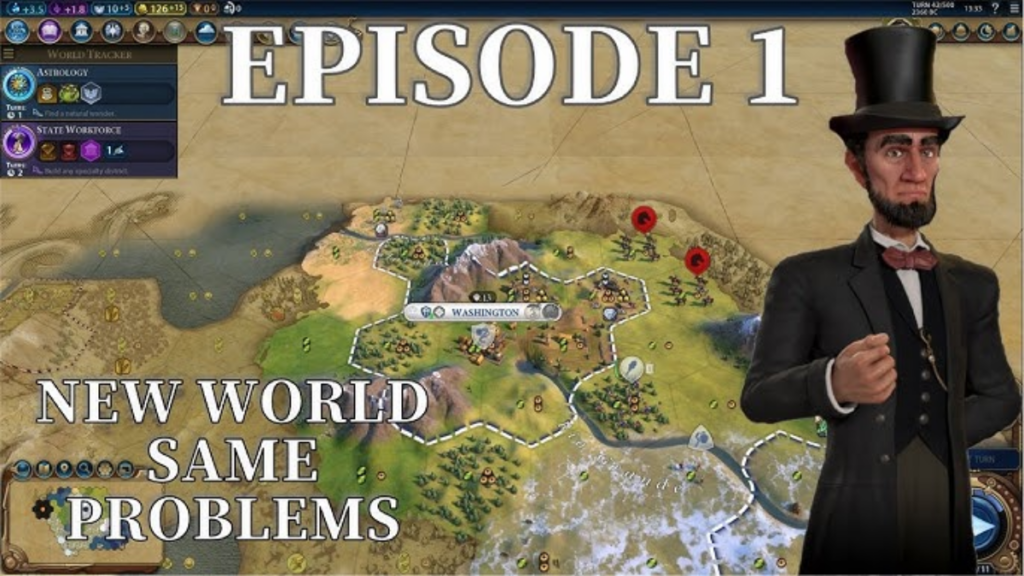
Liberia was founded in 1822 as a colony by American slaves who had been freed. The area was populated by various native ethnic groups, and the freed slaves looked down on them. In 1847, the freed slaves declared independence, and for many years, they were the only citizens allowed to vote.
THE BIBLE AND SLAVERY
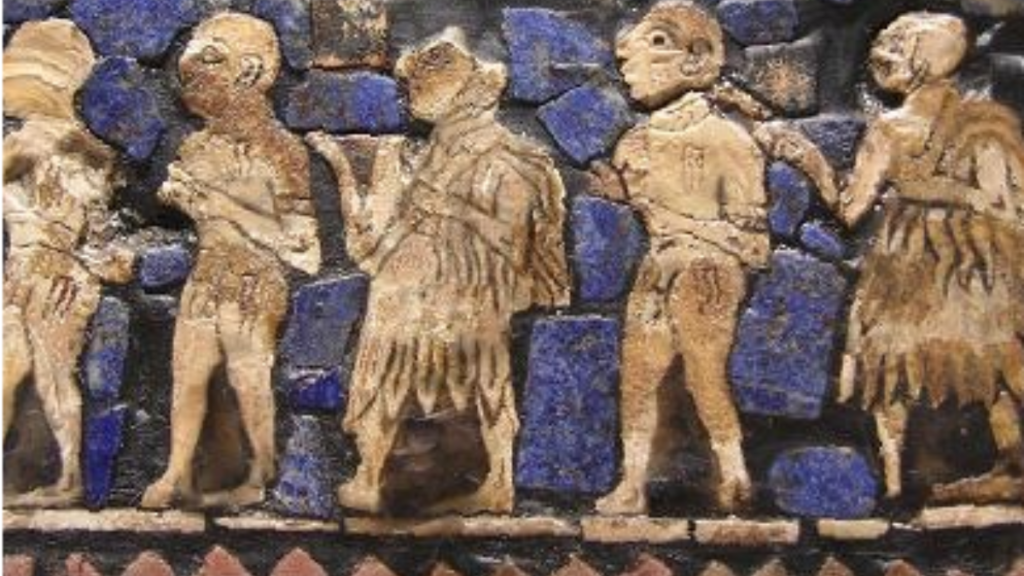
The Bible does not expressly condone or forbid slavery. In the New Testament, Jesus heals a slave but does not condemn slavery. The Old Testament advises treating slaves well, reflecting the norms of the time when slavery was common.
THE WORD

The word “slave” comes from the Byzantine Greek word “sklabos,” referring to the Slavic people. This term dates back to around 580 AD, as the Vikings captured the Slavs and sold them to the Romans as slaves.
DISASTROUS INVENTION

In the late 18th century, slavery was starting to decline in the United States until the invention of the cotton gin by Eli Whitney in 1793. This made cotton a hugely profitable crop and reinforced the institution of slavery.
ESTABLISHED IN VIRGINIA

Slavery was officially established in Virginia in 1654 when Anthony Johnson won a court case that allowed him to keep his servant for life. This marked the beginning of state-recognized slavery in the U.S.
